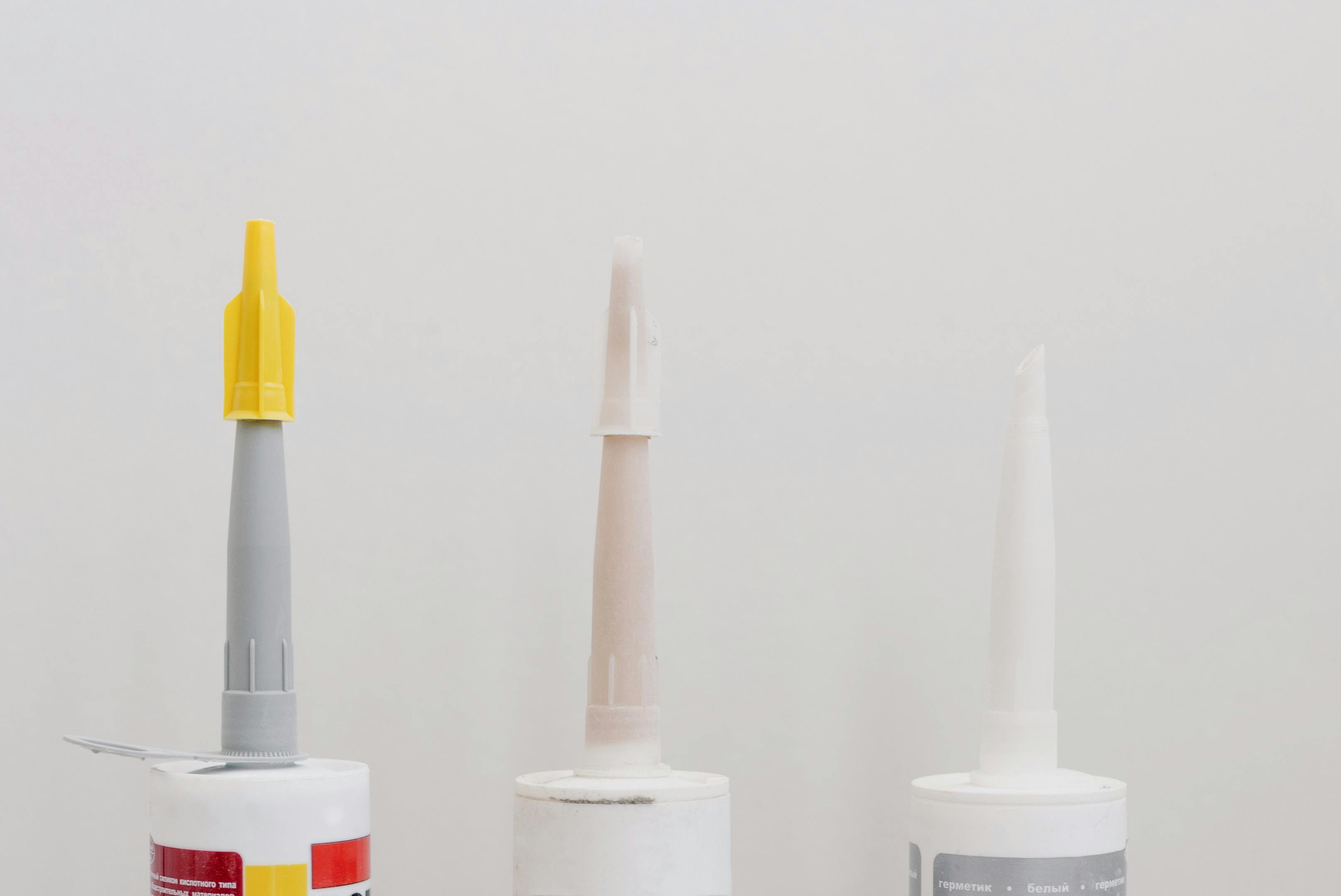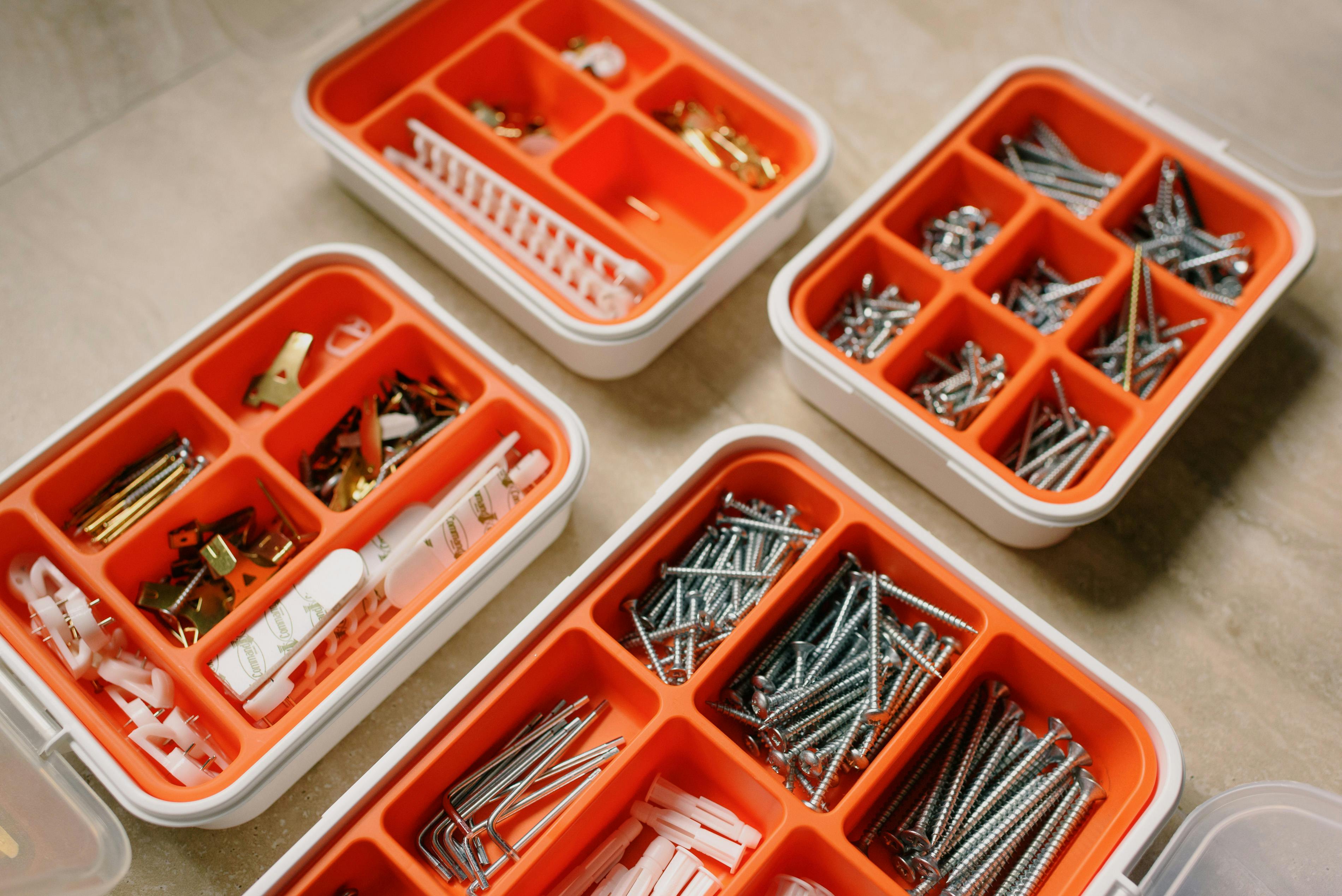Welcome to the Do It Yourself Stamp Kit Instructions! In this guide, we will provide you with all the information you need to make your own personalized stamps. You’ll learn how to assemble your own stamping kit, what tools and materials you will need, and some tips on how to get the best results. With the right supplies and a little bit of effort, you’ll be able to create beautiful, custom stamps in no time. So let’s get started!To make your own DIY stamp kit, you will need the following supplies: rubber stamp material, craft knife, carving block, cutting mat, ink pad or stamp pad, and a variety of colored inks. You may also want to have a pencil and eraser on hand. If you plan to use a clear block for your stamps, you will need that as well. Additionally, if you plan on making intricate designs with your stamps, you may want to purchase a set of carving tools. Finally, it’s always helpful to have some adhesive tape or glue handy for when you are attaching the rubber stamp material to the blocks.
Preparing the Rubber Stamps
Rubber stamps are a great way to add a unique touch to any project. Whether you’re stamping stationary, scrapbooks, or gift tags, you’ll be able to create one-of-a-kind designs with the right supplies and some creativity. Preparing the rubber stamps for your project is the first step in making sure that your design looks great. Here are some tips for getting your rubber stamps ready for use.
Before using your rubber stamps, make sure that all of the parts are clean and free from dirt or dust. This will ensure that your stamp transfers cleanly onto whatever surface you are working with. You can use a damp cloth or brush to gently remove any debris from the stamp’s surface before use.
Once you have cleaned off any dirt or dust, it is important that you apply an even layer of ink to your rubber stamp. This will help ensure that all of the details of your design transfer onto the surface properly and without smudging or blurring parts of it. Be sure to use an ink pad specifically designed for rubber stamps, as other inks may not adhere properly and could lead to smearing and imperfect impressions.
Finally, when stamping on a particular surface, make sure that you press down firmly on the stamp with even pressure throughout its entire surface. This will help make sure that every part of your design is transferred correctly and without any issues. With these simple steps, you’ll be ready to start creating beautiful designs with your rubber stamps!
Checking the Ink Pad
Before beginning to prepare the ink pad, it is important to check its condition. If the pad is dry, damaged, or otherwise not in optimal condition, it may be necessary to replace it. Additionally, if there are any remaining traces of ink on the pad from previous use, these should be cleaned off with a damp cloth before continuing.
Inking the Pad
Once the pad has been checked and is ready for use, it is time to add ink. This can be done by either pouring a small amount of ink onto the pad or by using an ink refill bottle with an applicator tip to gently squeeze some ink onto the surface. Make sure that the entire surface of the pad is evenly coated with a thin layer of ink.
Letting It Dry
Once the ink has been applied and spread evenly over the surface of the pad, it will need to be left to dry for several hours or overnight. This will help ensure that there are no air bubbles trapped beneath the surface and that all areas of the pad have been evenly saturated with ink.
Testing It Out
Once enough time has passed for the ink to dry completely, it’s time to test out your new ink pad! Start by taking a clean piece of paper and pressing it firmly against one side of the pad before quickly removing it again – this should leave a faint impression on your paper. If everything looks good, your new ink pad is ready for use!
Preparing the Carving Tool
Before you start carving, it is important to make sure that your tool is properly prepared. The first step is to make sure that the blade of your tool is sharp. You can sharpen it with a file or a sharpening stone. It is also important to make sure that the handle of your carving tool is secure and not loose. If it is loose, use a wrench to tighten it up.
Next, you should lubricate the blade of your tool with oil or wax. This will help reduce friction and make carving easier. It will also help protect the metal from rusting or corroding over time. Finally, always wear protective gloves when using any type of carving tool to avoid any accidents or injuries to your hands.
Preparing the Rubber Blocks
Rubber blocks are an essential part of rubber stamp carving. Before starting to carve, the rubber block needs to be prepared. This includes cutting it into the right size and shape, cleaning and sanding it, and making sure it is properly secured onto a wooden base. Once the rubber block is ready, it is time to move on to the next step – carving the design.
Designing and Tracing
The next step in rubber stamp carving is designing and tracing the image onto the rubber block. This can be done by hand or with a computer program such as Adobe Illustrator or CorelDRAW. Once the design has been created, it needs to be transferred onto the rubber block using tracing paper or carbon paper. This will make it easier to carve out later on.
Carving the Design on the Rubber Blocks
Once the design has been traced onto the rubber block, it’s time to start carving! The best way to do this is by using an X-acto knife or a carving tool. It’s important to take your time when carving and make sure that all of your lines are even and consistent. Once you have finished carving out your design, you can start inking up your stamp and get ready for stamping!
Making a Handle for Your Stamp
Creating a handle for your stamp is an easy and affordable way to add more comfort and accuracy to your stamping. Making a handle for your stamp is simple and can be done with just a few basic supplies. Here’s what you’ll need: wood, adhesive, a drill, screws, and sandpaper.
Begin by measuring the length of the handle you want to make. Cut the wood to the desired length using a saw or other cutting tool. It is important that the wood is cut accurately so that it fits securely on the stamp.
Next, use sandpaper to smooth out any rough surfaces on the wood. This will make it easier to attach the handle to your stamp later on.
Once you have prepped the wood, you can begin drilling holes in each end of the handle. Make sure that these holes are slightly larger than the screws that will be used to attach it to your stamp.
Now it’s time to attach your handle to your stamp. Use adhesive or glue to secure one end of the handle in place while securing the other end with screws. Make sure everything is firmly in place before moving on.
Finally, use sandpaper again to buff out any rough edges or surfaces on both sides of your newly made handle. This will ensure that it fits comfortably in your hand when you are using it for stamping projects!
That’s all there is to making a handle for your stamp! With just a few simple supplies, you can easily add more comfort and accuracy when you’re working with stamps for crafting projects or other tasks.
Mounting the Stamp onto its Handle
Mounting the stamp onto its handle is a relatively easy task. The first step is to place the stamp in the handle with the head of the stamp facing up. Make sure that the handle’s mounting bracket is securely in place and that it lines up with the stamp head. When ready, insert a screw through one of the mounting holes in the handle and into the corresponding hole in the stamp head. Securely tighten it into place. If necessary, insert a second screw into another mounting hole to ensure a secure fit. After checking to make sure both screws are tightly secured, you’re done!
The mounting process for stamps with handles may vary slightly depending on what type of handle you have, so be sure to refer to your manufacturer’s instructions if necessary. Additionally, if you are using an older model of stamp or handle, you may need to use different types of screws or tools for installation. As long as you take care when attaching your stamp to its handle, it should last for many years of use without issue.
Applying Ink to Your Stamp Kit
Applying ink to your stamp kit is a very simple process. All you need is a rubber stamp pad and some quality ink. Start by opening the pad and squeezing a small amount of ink onto the surface. Dip the rubber stamp into the ink, making sure to cover all areas of the stamp evenly. Tap off any excess ink and then press it firmly onto your paper or card stock. You may have to apply several coats of ink in order to ensure that the imprint is clear and legible. Once you have finished with one color, simply clean off your stamp with a damp cloth and start with another color if desired.
When applying multiple colors to your rubber stamps, it’s important to remember that each color must be applied separately in order for them to remain distinct from each other. If you apply more than one color at once, they may bleed together and create a muddy, unreadable imprint. It’s also important to make sure that you don’t mix different types of inks as this can cause fading or discoloration over time.
Applying ink to your rubber stamp kit is an easy process that will allow you to create professional-looking stamped images for any project or occasion. With a little practice and patience, you’ll be able to create quality impressions that will make all of your paper crafts stand out!
Conclusion
Making your own stamp kit is a great way to express your creativity and make something unique. With the right materials and a little patience, you will be able to create a beautiful and personalized stamp that can be used for any purpose. Whether you want to add a special touch to your letters, cards, or other projects, or simply want to make something unique, do-it-yourself stamp kits are an excellent option. With some imagination and hard work, you can create a custom design that will last for years.
Overall, making your own stamp kit is an enjoyable and rewarding experience that anyone can do with the right tools and instructions. With the right supplies and some careful planning, you can create a beautiful and unique stamp that will express your creativity in any way you choose. Thank you for reading the instructions on how to make a do-it-yourself stamp kit!


